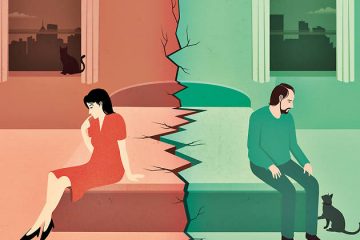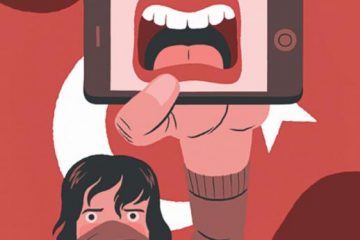How You Die of an Opioid Overdose
Earbuds in, you’re rushing up the steel subway stairs two at a time. Running late, bagel in one hand and Metro Card in the other. New York comes at your broke ass pretty fast, but so far you’re keeping up.
Then you round a corner, and everything slows down.
Prone on one of those rock-hard wooden subway benches is a body. Maybe it’s a person, but it seems like a body. Unmoving, gray with street scum, reeking – when you see it and smell it you can only assume the worst… but you’re late, and that sounds like your train whining into the station. If you just pick up your pace a bit, you can catch it. So you do.
This kind of story is familiar to countless New Yorkers, so much so that if you tell a local you saw what you think was a dead body, most will react like you told them you saw a pigeon. They’re just part of the landscape here.

Number of overdose deaths and percentage of overdose deaths involving fentanyl — New York City, 2000–2017, source CDC
I don’t need to explain the Opioid Crisis to you, because you’ve likely seen its repercussions with your own eyes. Maybe you’re even struggling with opioid addiction yourself, right now. Maybe you clicked this headline because of morbid fascination, or a desire to learn, or so you can be ready to recognize these symptoms and take action.
Whatever the reason, this is How You Die of an Opioid Overdose (and what you can do about it):
In your brain stem there are two regions called the medulla and pons that control the depth and rate of your breathing. They are also chock fucking full of opioid receptors.
Opioid receptors are proteins that sit on the surfaces of cells and “grab on” to opioids to activate. Upon activating, the Opioid receptors change the behaviors of cells in your medulla and pons, causing your lungs to draw slower, increasingly shallow breaths.
There is a small cluster of cells in your neck called the carotid body that senses when carbon dioxide levels in your blood begin to get problematic for all the “being alive” you’ve been doing lately.
It tries to alert your brain and respiratory system to increase breathing and re-oxygenate your blood, but the opioids dampen your body’s sensors to these alerts, so the carotid body may as well be trying to send a text while stopped inside a subway tunnel.
From there, you’ll reach the stage of your overdose called the pulmonary edema. The breakdown of your respiration damages your heart’s ability to function properly. This throws off the pressure in your veins and capillaries, pushing fluid through the capillary walls and into your lungs’ small, elastic air sacs called alveoli.
Now a frothy fluid is filling your lungs, spilling out of your nose and mouth. You’re drowning. And if the dose you just took was cut with Fentanyl too, the muscles of your chest and abdomen are seizing up in the disturbingly titled “wooden chest syndrome.”
Then, if this is your last overdose, you stop breathing altogether.

Amy Delaney, program manager at Boston Public Health, holds a single dose of Narcan Nasal Spray at the Overdose Prevention & Naloxone Training Program at Boston Medical Health Clinic. (Jesse Costa/WBUR)
There are, however, easily attainable and effective drugs for stopping this from happening. A potent opioid blocker, Narcan “grabs on” to the brain’s opioid receptors and stops them from being activated. In many cases, this can reverse an overdose almost immediately.
Beyond just being swiftly effective, Narcan was designed to be simple enough to administer that whoever the First Responder to the overdose may be – friend, family, or stranger – they can save a life.
If you or someone you know has an opioid addiction and is at risk for overdose, or if you simply want to be ready to take action the next time you have a moment like the one described at the beginning of this, find out where you can acquire Narcan by clicking here. It should be covered by your insurance, so broke-ass people can do this too.
There are also multiple Opioid Overdose Trainings for NYC residents available here. If you’re not NYC-based, just Google “Opioid Overdose Trainings near me” or “Narcotics Overdose Trainings near me.”
And remember, next time you’re running for the train, “I was saving someone’s life” is a pretty fucking good excuse for being late to work.












